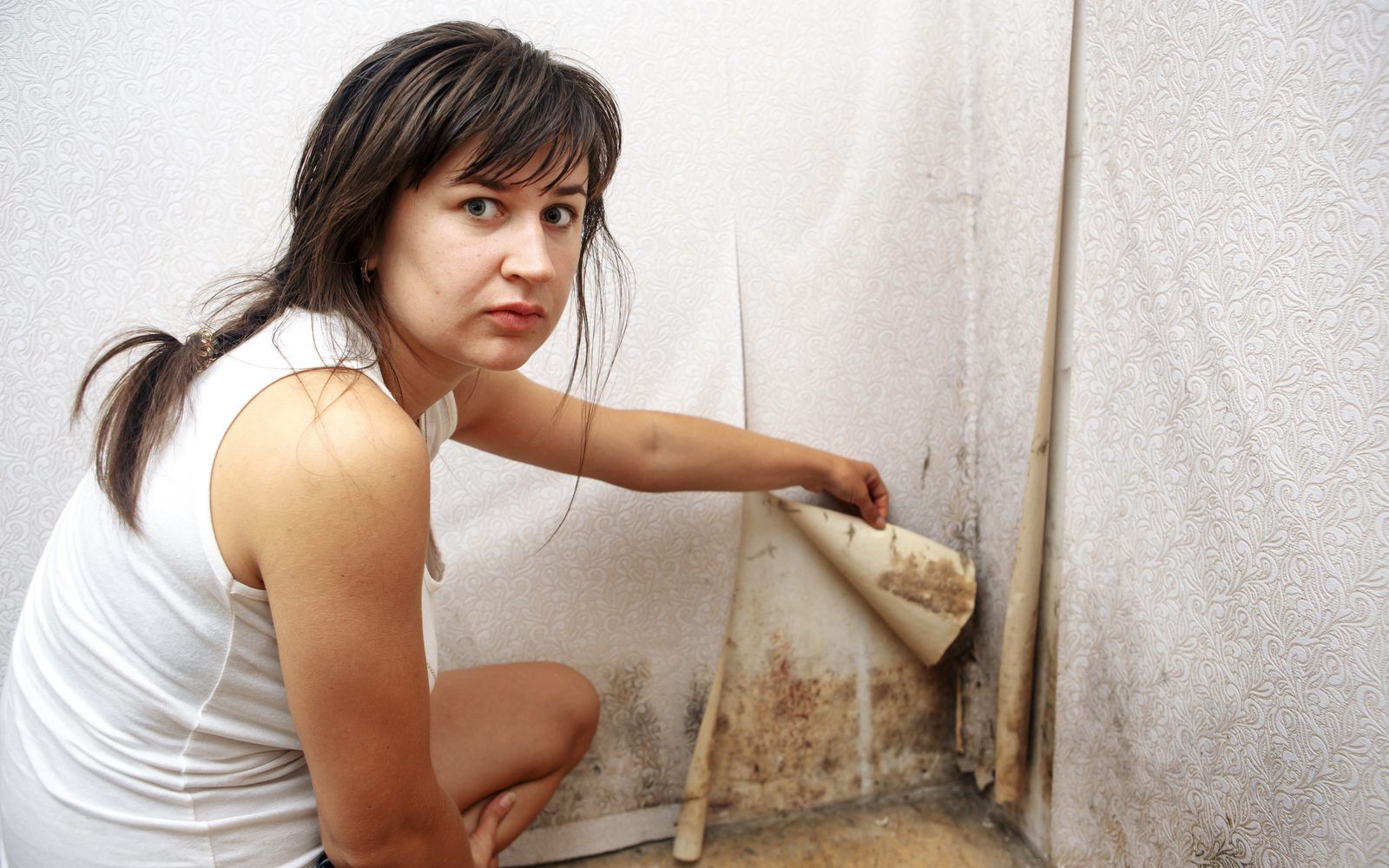The Oral Health Risks Of Living With Black Mold

Cavities are a persistent and reoccurring problem today, and for many families, it often comes down to brushing and flossing to help prevent it. It’s caused by the streptococcus mutans bacteria, and because of the speed and rate at which bacteria grow inside the mouth, cavities and tooth decay can be difficult to get rid of without some external help. Many dentists often recommend brushing and flossing to everyone, especially for those with a higher risk of developing cavities. However, when those methods don’t work, cavities have to be treated professionally. Cavities have always been an ever-persistent problem for dentists, but one facet often not looked at is the patient’s environment. Some speculate that mold infestations can lead to a heavier increase in cavities, but is this true?
How Mold May Potentially Cause Cavities
When it comes to diagnosing cavities, dentists most often look at the medical factors involved with their patient’s health. This often includes diet, lifestyle, family history, and their patient’s dental history to be able to determine the potential cause of cavities. From there, dental treatments and preventative measures are what we use to help patients prevent cavities from reoccurring for that patient. There’s a lot we do know about oral health, but many researchers are still exploring the factors surrounding dental issues and are looking for newer methods for treating common issues such as gum disease, cavities, and tooth decay.
Mold infestations have been talked about as a potential factor that plays into the effect of oral health. From what we know about mold, it grows in warm, moist areas of homes and buildings, including basements and attics. As species of fungi, they release spores and mycotoxins that are considered toxic to the body’s nasal and respiratory systems. When humid, moist environments allow these species of fungi to grow and produce these spores, inhabitants of those homes often suffer the worse without truly noticing it at first, getting symptoms such as sneezing, coughing, and breathing problems. These breathing problems often turn into dry mouth later on, which is where the connection between mold and cavities begins.
How Dry Mouth Is The Culprit
Dry mouth is where mold infestations and oral health issues connect, but there isn’t much evidence to this link other than our understanding of dry mouth and its effects. Ultimately, dry mouth increases the risks of various oral problems, including:
- Cavities: Bacteria are able to grow more effectively in the mouth due to a lack of saliva production caused by dry mouth.
- Gum Disease: As bacteria grows, it can easily infect the gum line, leading to periodontal disease that causes bacteria to be lead right to the bloodstream and break down the gums.
- Mouth Ulcers and Sores: When dry mouth is present over a longer period, mouth sores can develop more frequently.
- Halitosis or Bad Breath: having a lack of saliva production can also lead to persistent bad breath, which is uncontrollable without treatment.
With the onset of dry mouth, managing both its effects and your home can be more difficult than ever. The best place to go for removing mold infestations is through following the CDC’s guidelines and visiting your dentist for treatment options.
